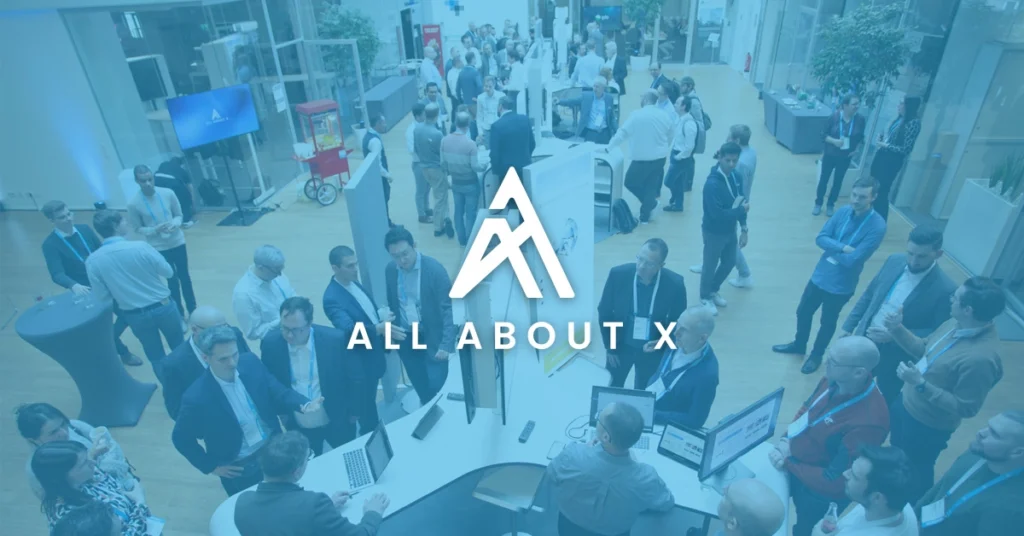
All About X 2024: Shaping the Future for Mobile Maintenance and Digital Service
Since 2018, oculavis has been hosting a premier business conference focused on
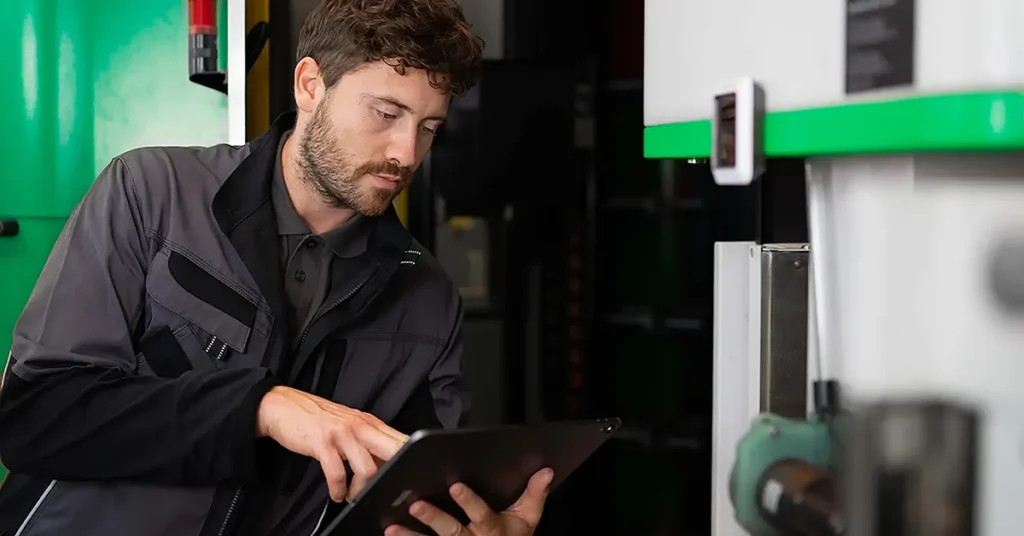

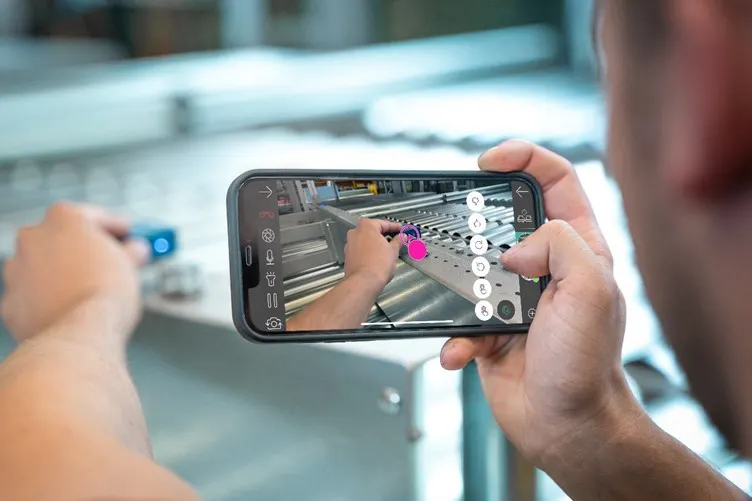
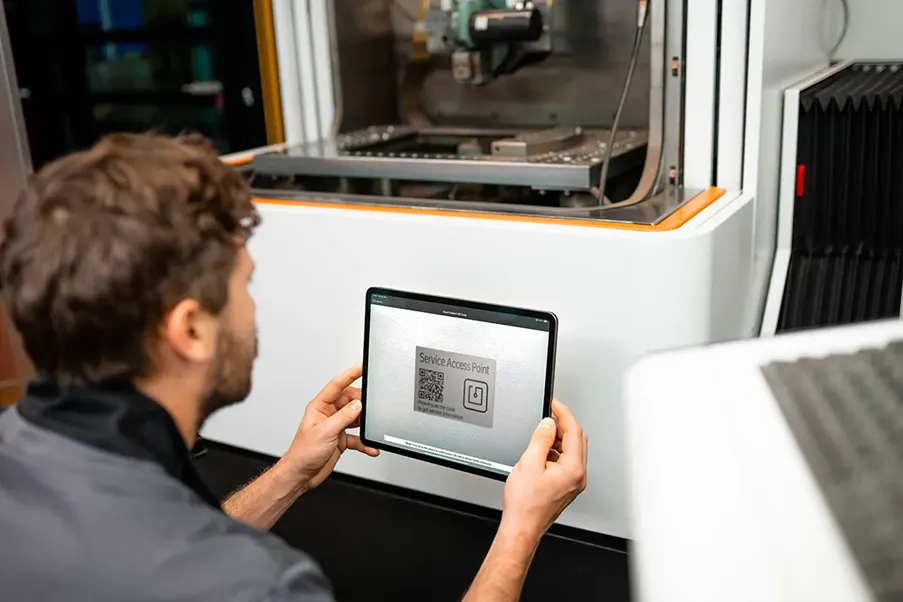
XpertAssist
Use Cases:Advanced technical support for regular maintenance, machine analysis, and troubleshooting.
Value:Mean time to repair reduced by up to 50%.
Xpert View
Use Cases:Real-time troubleshooting for fast root cause analysis with AR functionalities.
Value:Downtime reduced by up to 70%.
Visual Assistance
Use Cases:Visual assistance integrated in the CRM system for quick resolution of technical issues.
Value:Reduced costs through minimized onsite servicing.
Visual Support
Use Cases:Immediate support for commissioning, training, or service cases integrated into their customer portal.
Value:Reduces unplanned machine downtime.
smartAssist
Use Cases:Instant global access to expert service with just a single touch.
Value:Increases efficiency of troubleshooting by utilizing AR annotations in support.
Expert Assist
Use Cases:Live support of experts for troubleshooting or spare parts replacement.
Value:Empowers subsidiaries and dealers worldwide to tap into expert knowledge.
Expert on Demand
Use Cases:Visual remote assistance in case of deviations in the production process.
Value:Saves time and travel expenses.
VisualAssistance
Use Cases:Real-time visual assistance and information in case of malfunctions or maintenance work.
Value:Significantly faster and error-free information exchange.
Visual Support
Use Cases:Support for comprehensive machine maintenance and operator training.
Value:Reduced travel costs and increased machine availability.
Care® Connect
Use Cases:Maintenance, safety inspections, metrological checks, functional tests, and quality controls.
Value:Reduces machine downtime and ensures an efficient workflow in the workplace.
Augmented Reality Service
Use Cases:Fast identification of the malfunction’s cause and its prompt resolution.
Value:Real-time support for customers worldwide, without requiring additional hardware.

Since 2018, oculavis has been hosting a premier business conference focused on
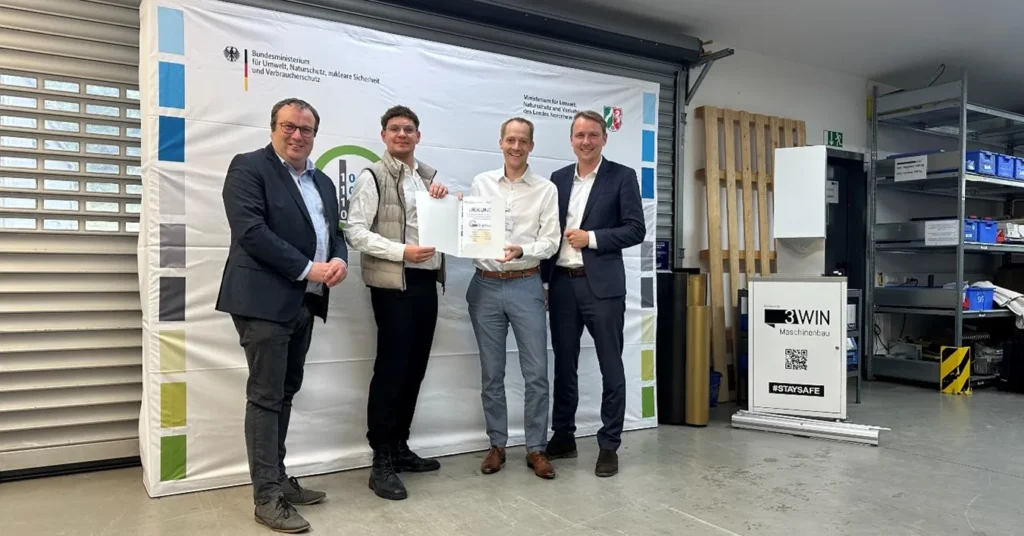
As part of the DigiRess II funding program, several groundbreaking projects focused

Explore the differences between remote assistance, remote support, and visual assistance to
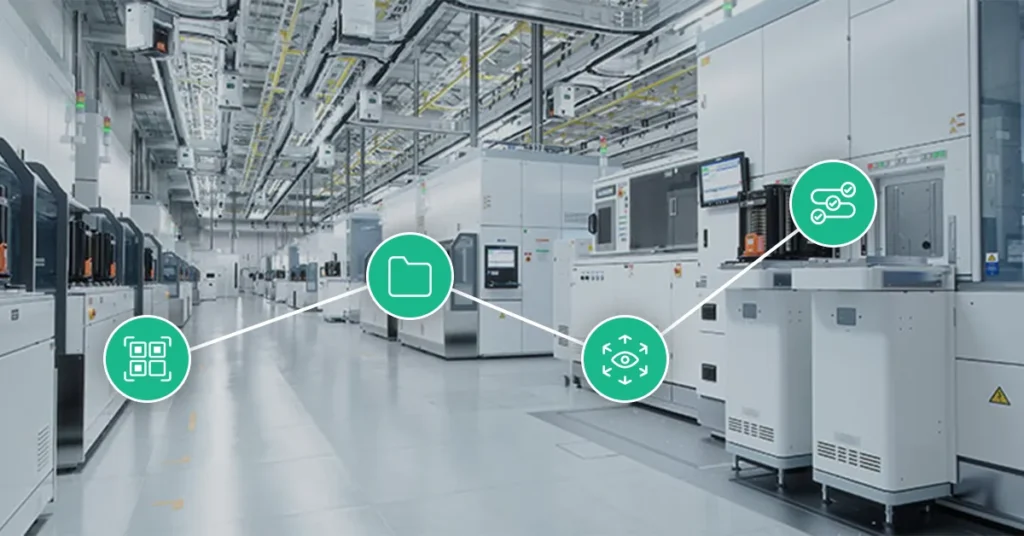
Best practices for implementing digital solutions to support after-sales service in machinery
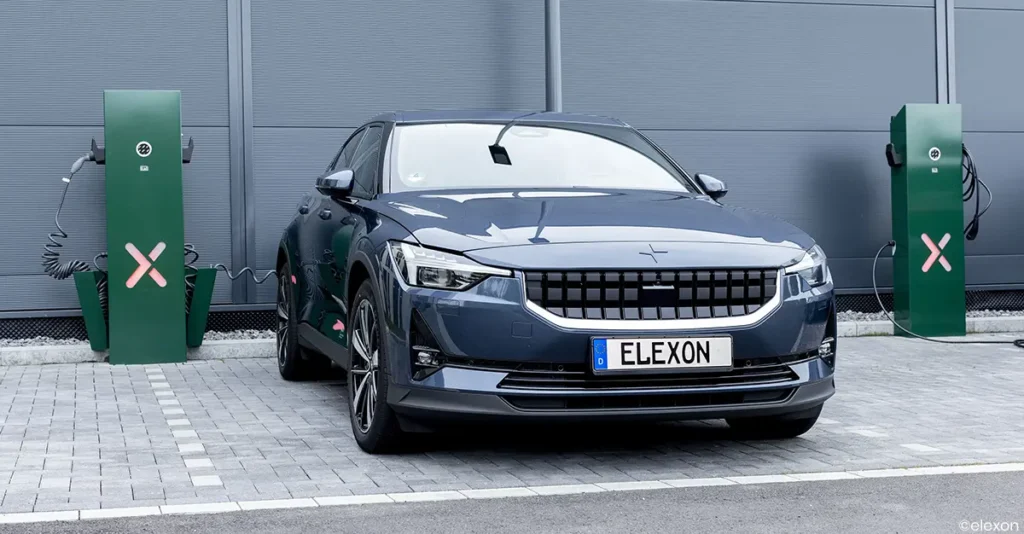
The market for electric vehicles has grown significantly. As a 360° system
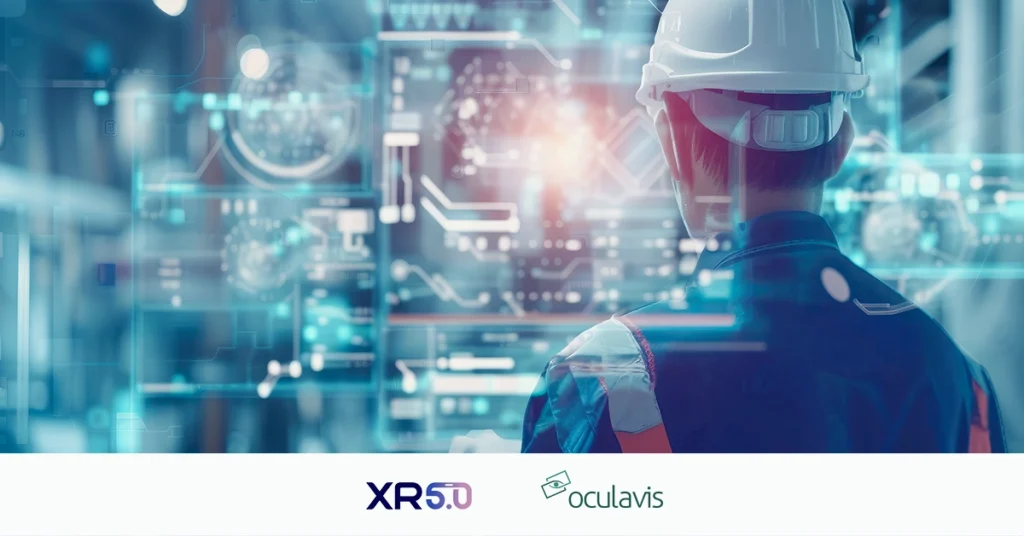
In today’s industrial landscape, digital transformation is essential. oculavis is driving this
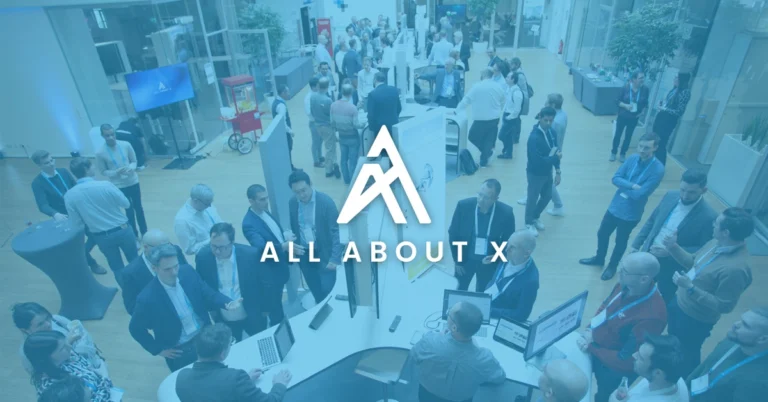
Since 2018, oculavis has been hosting a premier business conference focused on Smart Service and
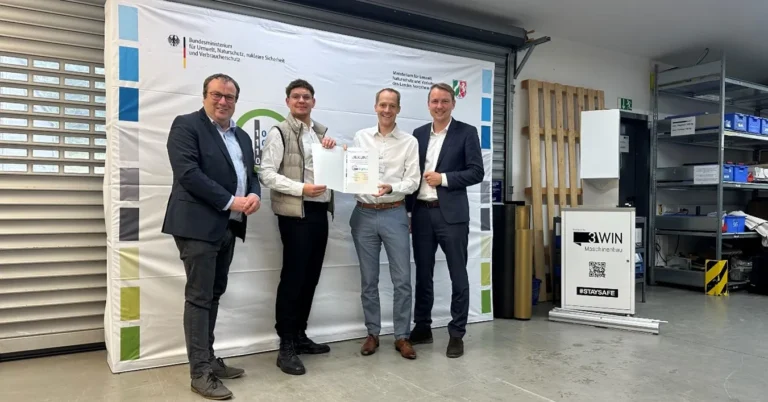
As part of the DigiRess II funding program, several groundbreaking projects focused on climate protection
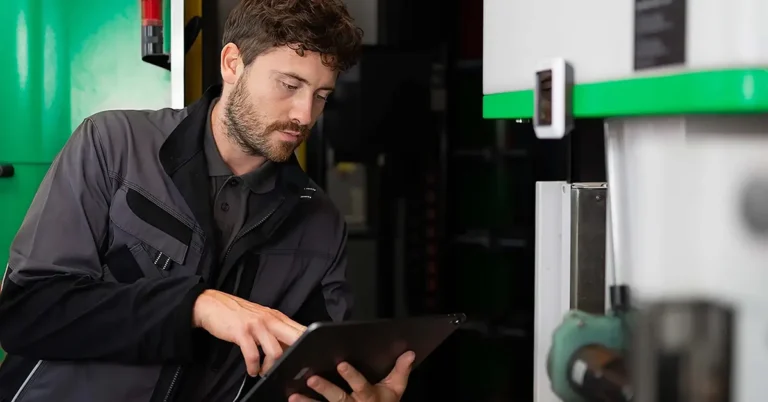
Explore the differences between remote assistance, remote support, and visual assistance to enhance the effectiveness
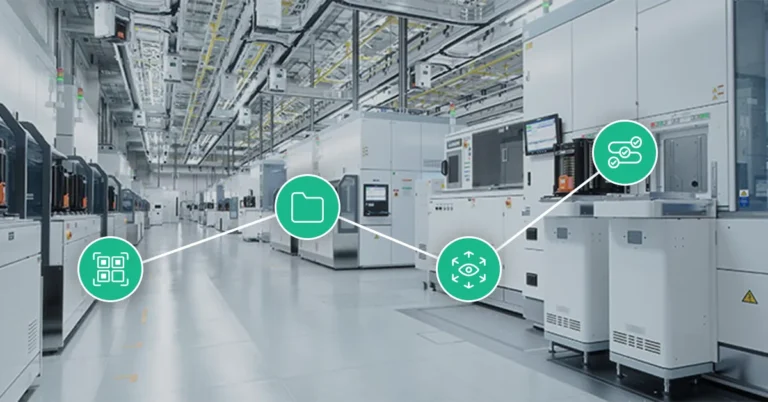
Best practices for implementing digital solutions to support after-sales service in machinery and equipment manufacturing
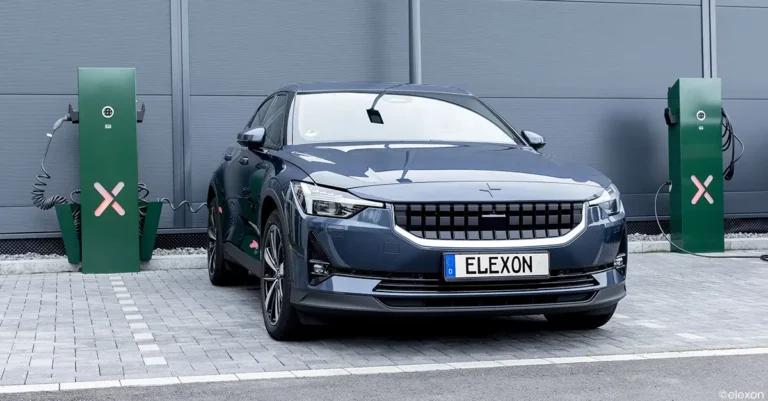
The market for electric vehicles has grown significantly. As a 360° system integrator, elexon uses
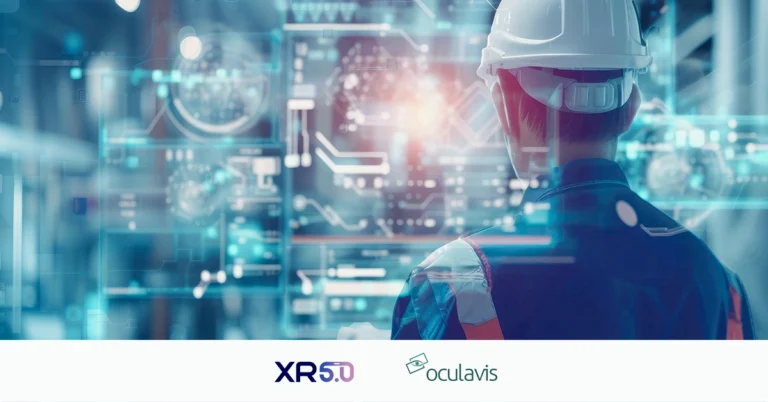
In today’s industrial landscape, digital transformation is essential. oculavis is driving this change with its
PRODUCT
Smart Service & Connected Worker Platform
Ticketing & Work Order Management
Standard Operating Procedures
Visual Assistance
Service Access Point
Management & Configuration
Integration
White Label Solutions
Secure & Scalable in the Cloud
Pricing & Licenses
SOLUTIONS
Machinery & Equipment Manufacturing
Manufacturing Industry & Automotive
Energy & Utilities
Pharma & Life Sciences
Construction Machinery & Off Highway
Certification & Industrial Services
Customer Service
Technical Field Service
Acceptances, Inspections & Audits
Technical Sales & Consulting
RESOURCES
